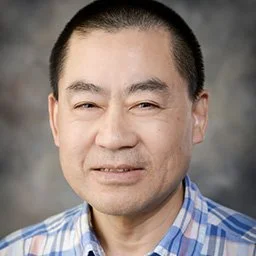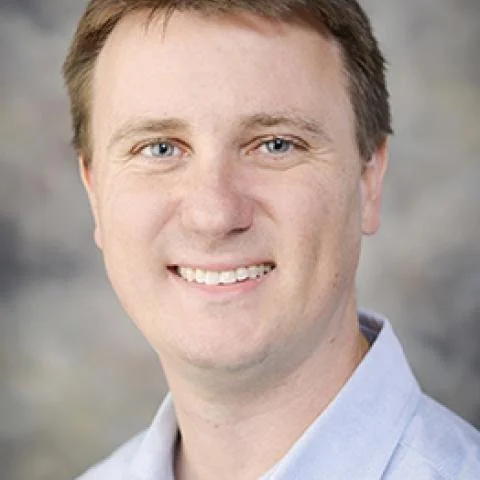Accelerating Research to Cure Pyruvate Dehydrogenase Complex Deficiency

“No cure” is not an answer.
Our mission is simple: to find a cure for PDCD. 1 in 40,000 children is born with PDCD; genetic medicine, combined with standards of care, small molecule therapy, and early diagnosis, will give them a fighting chance1. Our work will help advance research for AAV9 genetic medicine, which is currently the best hope for PDCD and other neurodegenerative diseases.
Hope for PDCD Foundation acknowledges and thanks the Elizabeth Watt PDCD Research Fund. We would not be where we are today without them. To our knowledge, the Watt Fund was the first patient advocacy group solely dedicated to PDCD in the US. Their dedication and efforts over the last decade laid the groundwork for the foundation of PDCD research and they continue to fund novel treatments for PDCD.
What is Pyruvate Dehydrogenase Complex Deficiency?
Pyruvate Dehydrogenase Complex Deficiency is the second most common genetically-resolved mitochondrial disorder in the NAMDC (North American Mitochondrial Disease Consortium) Registry2. PDCD is a disease of carbohydrate metabolism and the disorder can cause a dangerous buildup of lactic acid in the organs. The ketogenic diet (KD) is the main therapy for primary-specific PDCD1. The KD may not be effective or useful or may be even harmful for secondary conditions or more primary generalized deficiency. PDCD typically attacks the brain first, followed by the muscular system. Children with PDCD are perfectly made and they deserve the best quality of life and life expectancy possible.
FAQs
-
100% of donations go to research, treatment, and ultimately, a cure for PDCD. Currently, Dr. Bedoyan at UPMC is completing a natural patient history study and adding PDCD to the newborn screen. In addition, the Gray Lab at UTSW is conducting a proof of concept study in mice models, but they need a surge in funding to continue their work. We are completely parent powered and run by volunteers. Not a single penny goes to overhead or salaries.
-
Depending on what is wrong, scientists can do one of several things in gene replacement therapy: They can replace a gene that is missing or is causing a problem. They can add genes to the body to help treat disease. Or they can turn off genes that are causing problems.
To insert new genes directly into cells, scientists use a vehicle called a “vector.” Vectors are genetically engineered to deliver the necessary genes for treating the disease.
Vectors need to be able to efficiently deliver genetic material into cells, and there are different kinds of vectors. Viruses are currently the most commonly used vectors in gene therapies because they have a natural ability to deliver genetic material into cells. Before a virus can be used to carry therapeutic genes into human cells, it is modified to remove its ability to cause infectious disease.
-
From a pilot newborn screening study in Ohio, Dr. Jirair K. Bedoyan and Dr. Suzanne DeBrosse discovered the incidence of PDCD is at least 1 in 41,138 live births (~90 newborns annually in the USA). That means that PDCD is more common than ALS (Amyotrophic lateral sclerosis), yet lacks nearly the same level of awareness and funding.
We are working hard to add PDCD to the Recommended Uniform Screening Panel (RUSP), which is a list of disorders that the Secretary of the Department of Health and Human Services (HHS) recommends for states to screen as part of their state universal newborn screening (NBS) programs.
-
According to the NIH’s Joni L. Rutter, Ph.D., rare diseases affect 25 to 30 million Americans, but because any given rare disorder affects so few patients, companies often are reluctant or unable to invest the years of research and millions of dollars necessary to develop, test and bring individualized gene therapy treatments for a single disease to market.
Without meaningful support from the biotech industry or the US government, it is becoming more and more common for rare disease families to join forces and raise the money required for cures for their children. Batten’s disease, SPG50, and SMARD have all achieved gene therapy treatments because the families moved mountains in honor of their children.
Changing the narrative for our rare disease kids.
There are 15 million children in the US battling 1000’s of rare diseases3. Because their individual diseases are not profitable to cure, many will pass away before a cure will ever be found. Our community of parents, grandparents, caretakers, aunts, uncles, family and friends of PDCD are working together to push science to move faster for our children.

PDCD at a Glance
4 years 4*
1 in ~40,000 1
31 months 4
PDCD has been overlooked by the medical field. That changes with us.
Sign up for our emails to keep up to date on research progress, advocacy opportunities, butter challenges and more!
References
- Bedoyan et al. 2022, NBS Research Summit. Pyruvate Dehydrogenase Complex Deficiency: Pilot Newborn Screening and Prospects of Novel Target-based Small Molecule Therapeutics
- Barca et al. (2020) Neurol Genet 6:402
- Huron, Jennifer. “More than 15 Million Sick Children Need Congress to Act before Sept. 30: Rare Disease Pediatric Review Voucher Program.” NORD (National Organization for Rare Disorders), 15 Sept. 2016
- Shin et al. (2017) Mol Genet Metab, 122:61-66





